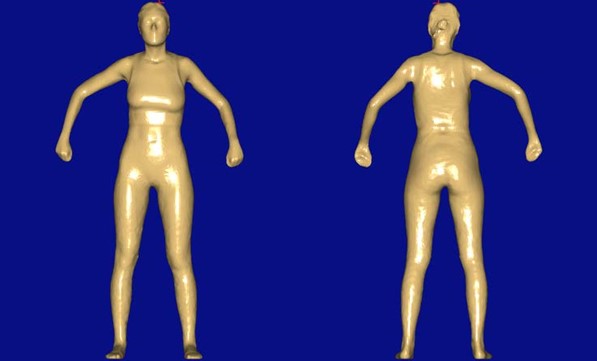Exploring consumer trust in virtual fitting technologies
2025-03-04

Following the Covid-19 pandemic and as a consequence the rise of e-commerce, combined with growing sustainability concerns in the fashion industry, these technologies have emerged as a promising solution to enhance online shopping satisfaction while reducing product returns and overproduction. The research, along with its methodology, aims to explore how familiarity, trust and sustainability perceptions influence consumer attitudes and intentions toward adopting VFTs.
Abstract
The research explores how VFTs impact consumers’ online shopping experience and whether their perceived sustainability benefits influence purchasing behaviour. Based on a structured survey and self-testing of a 3D body scanning tool, the study reveals that while awareness of VFTs remains limited, consumers show interest if usability, accuracy, and value are clearly communicated. The findings confirm that emotional engagement, perceived usefulness and brand transparency are crucial to drive trust and adoption. Although sustainability is recognized as a benefit, it is not considered a primary motivator in decision-making. The study suggests that greater investment in consumer education and user-friendly integration of VFTs can unlock their potential in shaping more informed and sustainable shopping behaviours.

Project details
Type of study: Journal article
Title: EXPLORING CONSUMER TRUST IN VIRTUAL FITTING TECHNOLOGIES: PERCEPTION, ADOPTION AND SUSTAINABILITY POTENTIAL.
Tagline: Shop Smarter, Fit Better: The VFTs Revolution
Year: 2025
Language: English
Author: Sofia Carlotta Carena
Course: Field Study
Program: Masters in Fashion Management and Marketing
Supervisor: Jenny Balkow and Marianne Louwerse
Technology: The research included a self-experimentation phase using Anthroscan 2014 software to create a 3D body avatar, in order to evaluate the accuracy and usability of virtual body scanning tools.
Sofia Carlotta Carena

